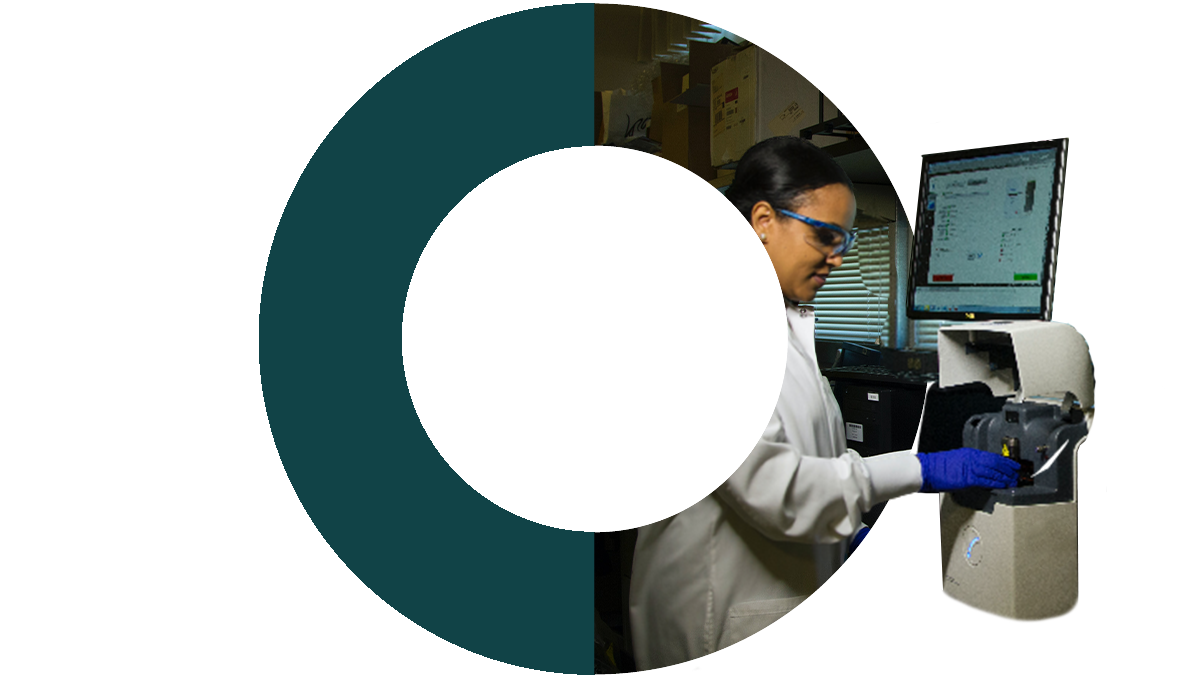
Increasing Circularity and Sustainability in Textiles and Clothing in Europe
CISUTAC aims to remove current bottlenecks in order to increase textile circularity in Europe. The objective is to minimise the sector’s total environmental impact by developing sustainable, novel, and inclusive large-scale European value chains.
The production and consumption of textile products continue to grow, together with their impact on the environment, due to a lack of reuse, repair and recycling of materials.
Quality, durability, and recyclability are often not being set as priorities in the design and manufacturing of clothing (EU Strategy for Sustainable and Circular Textiles, March 2022).
CISUTAC’s fields of application
Fashion
Active goods
Workwear & PPE

CISUTAC covers a relevant part of the textile sector and shows how to close loops at product and at material level. Short closing loops will be developed, in 3 pilots, by:
working on 2 material groups representing almost 90% of all textile fibre materials: polyester and cotton
focusing on products from 3 sub-sectors experiencing varying circularity bottlenecks: fashion, workwear and PPE, and active goods
CISUTAC aims to remove current bottlenecks in order to increase textile circularity in Europe. The objective is to minimise the sector’s total environmental impact by developing sustainable, novel, and inclusive large-scale European value chains.
3 pilots to demonstrate the feasibility and value of:
Repair and disassembly
via semi-automated workstations, as a service in both for profit and non profit environment
Sorting
for higher value in reuse and recycling using software that will be able to prompt the operator with valuable information
Circular garments
via ‘fibre-to-fibre’ recycling of polyester and cotton, and design for circularity
This project has received funding from the European Union’s Horizon Europe research and innovation programme under the grant agreement No. 101060375. Views and opinions expressed are however those of the author(s) only and do not necessarily reflect those of the European Union. Neither the European Union nor the granting authority can be held responsible for them.









